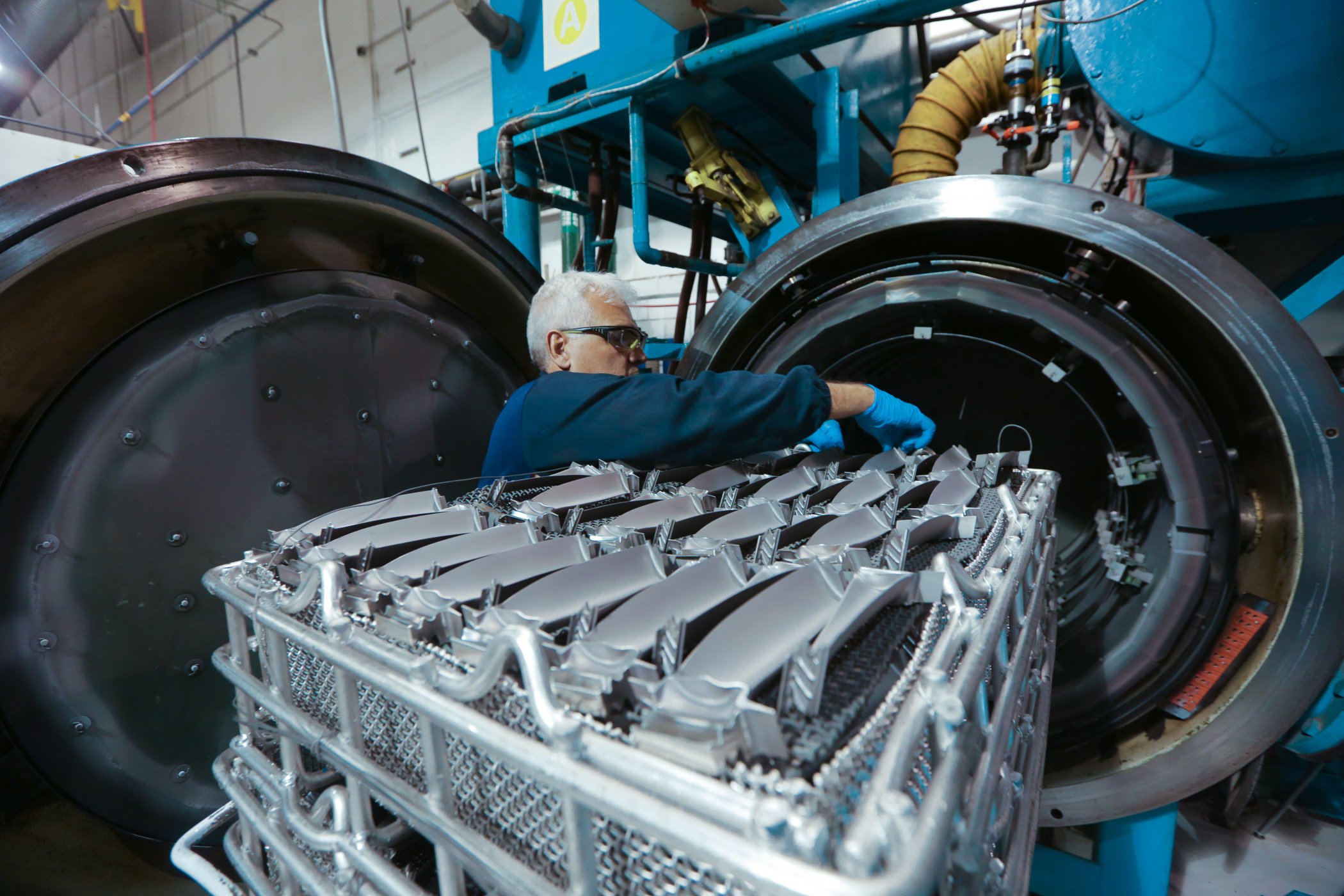More information can be found at:
Source: Miller Canfield
In order to comply with its obligations under UN Resolutions 64/40 and 1540, in 2011 the Mexican Secretary of Economy issued an Accord establishing a system of export controls for arms, parts, and dual-use goods, software,technology and goods that could be used in the manufacture and proliferation of conventional weapons and weapons of mass destruction. In addition, Mexico also requested accession to the Wassenaar Arrangement, one of the most important international regimes on export control for conventional arms and dual-use goods and technologies. The Accord went Into force on October 21, 2011.
The new Accord follows some concepts under the U.S. export control regime.
Under the Accord, the following items listed in its annexes require an export permit from the Secretary of Economy before they may be exported:
- Dual-use goods listed on Annex I
- Conventional arms, parts and components listed on
Annex II
- Software and technology listed on Annex III
Dual Use Technology
“Dual-use” is defined broadly to include any product, regardless of how small or innocuous, that could be incorporated in both military and civil products or put to military use. Examples include computers and software,drawings, bearings, electric/integrated circuits and cellular phones having a potential for dual use. Thus all dual-use software, technology and goods leaving Mexico, including by electronic means, are considered “exported” and, therefore may be subject to obtaining an export permit from the Secretary of Economy prior to their export. Exemptions from Export Permit Requirement
The following persons and transactions are exempt from extended for one more year as long as the circumstances remain the same. The Secretary of the Economy may refuse or cancel the exporter’s authorization if the above requirements are not met, if false information is presented, if the exporter cannot provide sufficient evidence of accurate export controls or if the Secretary of the Economy knows or suspects involvement by the exporter activities controlled by the Accord.
How Can My Company Be Affected?
The Accord contains three annexes listing the specific goods and tariff codes of the goods that are subject to the export permit requirement. These lists will be reviewed and updated at least once a year. There are nine categories of dual-use goods in Annex I, which are comprised of the following broad categories:
- Special Materials and Related Equipment
- Material Processing
Electronics Manufacturing in Mexico
- Computing
- Part I Telecommunications
- Part II Information Security
- Sensors and Lasers
- Navigation and Avionics
- Marine
Aerospace Manufacturing in Mexico and Propulsion
The Accord contains a fourth annex. Annex IV is a list of exempted destination countries. This annex has no listings at present.
The main industries affected by the new export controls are:
- Aerospace
- Aeronautic
- Electronic and electric components
- Machinery and equipment
- Nanotechnology
- Robotics
- Software
Obtaining an Export Permit
In order to obtain an export permit, the exporter must submit to the Secretary of the Economy a “Declaration of Final Use” that must contain the following information:
- Exporter’s name and address
- Foreign importer’s name and address
- Industry or business activity of foreign importer
- Description of goods to be exported
- Description of the operations or activities related to
end use of the goods to be exported
The export permit will be valid for one year, which can bring Sanctions for Non-Compliance Failure to comply with the Accord will be sanctioned according to the Foreign Trade, the Customs and/or any other applicable regulations, and may include tax and criminal penalties. Companies doing business in Mexico need to carefully evaluate both the products listed as requiring an export permit and also whether the ultimate customer is located in one of those countries that is exempt from the export permit requirement.
Subscribe
Sign up and stay informed with tips, updates, and best practices for manufacturing in Mexico.





